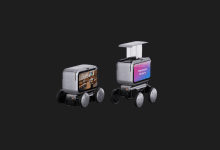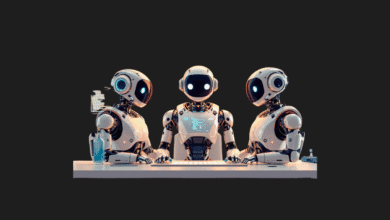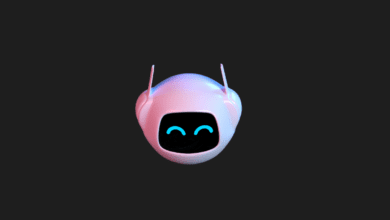
In a study both impressive and unsettling, a team of researchers successfully linked a humanoid robot to GPT-4, the artificial intelligence model that forms the backbone of ChatGPT, resulting in the creation of Alter3.
Since the launch of ChatGPT by OpenAI a year ago, the technology has undergone substantial growth and integration across various applications. We’ve witnessed its ability to generate video, audio, and images, and now, it has taken a step further by animating a humanoid robot.
Allow us to introduce Alter3, a humanoid robot capable of generating spontaneous movements through the utilization of the Large Language Model (LLM) known as GPT-4, which powers ChatGPT.
Able to pretend to be a ghost
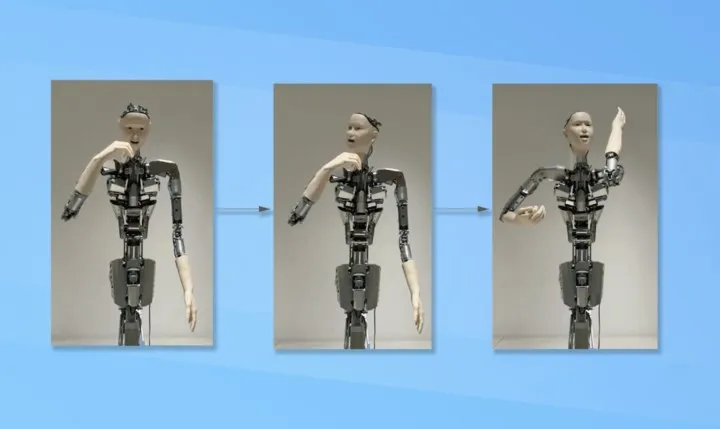
Developed by a team at the University of Tokyo, Alter3 leverages GPT-4, OpenAI’s most advanced model, to dynamically replicate various poses—from selfie postures to impersonating a ghost—without relying on pre-programmed inputs in its database. The team highlights that Alter3’s capacity to respond to speech content through facial expressions and gestures signifies a noteworthy advancement in humanoid robotics technology, and this capability can be easily adapted for use in other “androids” with minimal modification.
Historically, low-level robot controls like motion were beyond the scope of large language models due to their dependence on hardware and exclusion from training data. To address this limitation, the Japanese team devised a method to translate human movement expressions into code that the android could comprehend.
So, how does Alter3 operate? The innovative approach allows the robot to generate sequences of actions over time without developers needing to program each body part individually. Similar to how a toddler learns to move during crawling and walking stages, Alter3 can generate spontaneous movements, albeit limited to the upper body as it lacks feet.
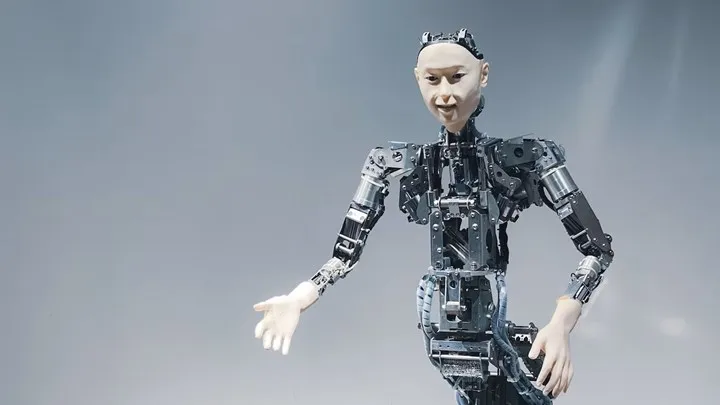
When a person conversing with Alter3 issues a command like “Take a selfie with your iPhone,” the robot initiates a series of prompts, including consulting GPT-4 on the process of taking a selfie. GPT-4 then translates this prompt into Python code, enabling the robot to understand and execute the necessary movements.
The team behind Alter3 intends to make this GPT-4-based text-to-motion capability available for other humanoid robots, marking a significant advancement in the field of robot development.
You may also like this content
- “Figma Make” Now Available, Allowing You to Develop Apps Without Any Coding Knowledge
- “World’s Most Powerful AI Model” Grok 4 Introduced: The Most Expensive AI Yet
- $1 billion for shaped Artificial intelligence
Follow us on TWITTER (X) and be instantly informed about the latest developments…

